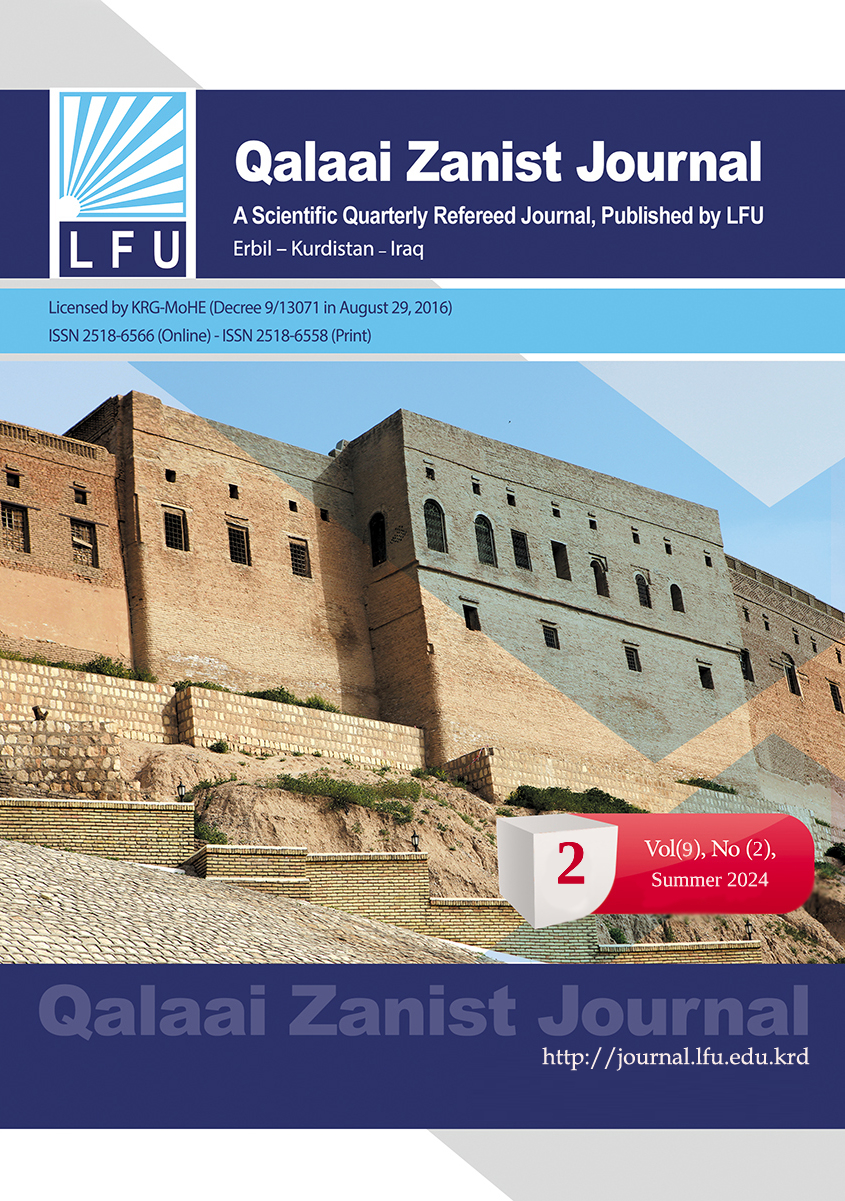Problem Areas of Cultural Differences in Journalistic Translation
##plugins.themes.bootstrap3.article.main##
Abstract
This study deals with cultural differences a translator faces in journalistic translation. As culture is the reason for the existence of language, it connects translation and culture closely. Culture gives languages different backgrounds. When words are passed from one culture to another, they can take on slightly or completely different meanings. It aims at investigating the cultural differences in journalistic texts that might create problems for translators who are involved in this field. In journalistic translation, cultures are important in transferring messages from the source text to the target text. It aims at finding out the problematic area of translating journalistic texts, particularly with regard to cultural issues. Finding appropriate solutions for such problems in the process of rendering meaning from (SL) to (TL). It also aims at offering new insights into how effectively employ various possible translation procedures to tackle cultural difficulties in the journalistic translation. As a result, the study finds out that effective methods and procedures for resolving cultural issues in journalism translation are provided. Idiom, proverbs, religion, sociocultural contexts etc. are among cultural differences a translator face in translating journalistic texts. Sometimes differences in meaning embody slight or big differences that could be critical in translation. This study will be valuable for the junior translators, undergraduate students, and Journalistic translators especially. This study hypothesizes that translating journalistic texts requires a great deal of cultural familiarity with both the source and target languages of the translator. It also hypothesizes that some of the translators lack cultural backgrounds about the SL and TL.
Downloads
##plugins.themes.bootstrap3.article.details##
How to Cite

This work is licensed under a Creative Commons Attribution 4.0 International License.





